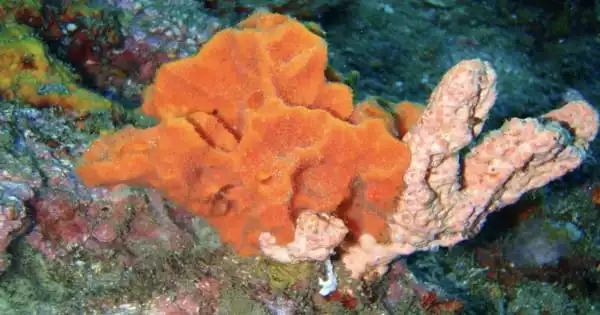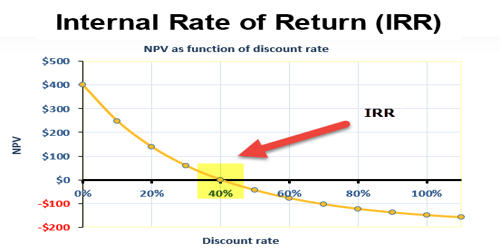Two types of tobacco plants have been gene-hacked to generate a visible glow around the clock, for the duration of their life cycle, by a team of Russian scientists. The science fiction-like impact is demonstrated in a spectacular film. Other plants have been made to shine by injecting chemicals into them, but these new plants demonstrate bioluminescence without the need for such intervention, according to ScienceAlert.
The objective isn’t simply to turn the next greenhouse into a Christmas tree. The researchers hope to learn how plants’ metabolisms work by studying how they react to their surroundings. The team employed a “fungal bioluminescence system” to make the plants sparkle, which is capable of converting a common acid found in all plants into luciferin, a chemical found in species that can generate bioluminescence, according to the scientists’ paper published in Nature this week.
According to ScienceAlert, the phenomenon is bright enough to be seen with the naked eye but not powerful enough to read a book. Except for a “12% increase in median height of transgenic plants,” the glowing effect had no effect on any of the plant’s normal functions, including “overall phenotypic, chlorophyll and carotenoid content, flowering period, and seed germination,” according to the paper.
Other popular flowering plants, such as petunias and roses, have already been gene-hacked by researchers. “Although caffeic acid is not natural to animals,” the research says, “autonomous luminescence could also be enabled in animals.” The gleaming greenhouse of our dreams is still a long way off, but it has just gotten a little closer.
Scientists have created a plant that emits not just a visible glow, but a self-sustaining glow that lasts the entire plant’s life cycle. It’s a huge improvement over the prior glistening plants. It’s more luminescent than prior genetically altered tobacco plants, and it doesn’t require chemical feeding to stay that way. Furthermore, the glow lasts far longer than illuminating plants made with plant nanobionics.
Of course, we all imagine a stunning Avatar-style night garden, sparkling and gleaming in the darkness, and lessening our need for electric lights in the future. However, illuminating greenery could also help us learn more about plants, such as how their metabolism works and how they respond to their surroundings.
The team worked with two different tobacco plant species. These plants, unlike previous genetically produced shining plants that used bioluminescent bacteria or firefly DNA, were created utilizing bioluminescent fungal DNA. “Although bacterial bioluminescence genes can be addressed to plastids to construct autoluminescence,” the researchers said in their report, “it is technically laborious and fails to produce adequate light.”
















